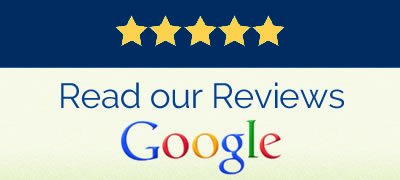
Injured Worker Advocacy Matters
3 reasons why injured worker advocacy matters
INJURED WORKER COMP TRENDS • 3 MIN READ
Experiencing a workplace injury is understandably stressful for any employee and trauma can be exacerbated when employers focus on medical costs and missing staff hours instead of the employee’s well-being. With today’s advocacy-based worker’s compensation model, however, employers are seeking to fix this inherent conflict, with many now intent on changing the relationship – from adversary to advocate.
“The way you treat an injured worker can have a material impact on the life of the claim,” says Wesley Hyatt, Senior Vice President, Workers Compensation Claims, Liberty Mutual Insurance, and Helmsman Management Services LLC. “Injured worker advocacy is a mindset that starts with the goal that ‘we’re here to help this injured person’ versus just moving claims along by checking boxes.”
Here are three reasons why injured worker advocacy is driving a paradigm shift in how forward-looking employers manage the claims process.
1. Open communication builds trust and confidence in the process
Creating consistent, clear, and open communication in a way that puts an injured worker’s needs first is a key part of the advocacy approach. Every outreach should reassure injured workers that their claims and clinical teams are working in their best interests. After all, along with recovering from the injury, an employee must also work through the complex worker’s compensation (WC) claims process – often for the very first time.
To achieve the goal of open communication, employers are changing the language used throughout the process to eliminate jargon and replace negative wording with positive terms. For example, “covered” is now substituted for “compensable,” and “claims examiner” is replaced by “claims representative.”
Another example of improving the employee experience is Liberty Mutual’s SmartVideo, a personalized, two-minute video that’s automatically sent via email to an injured worker whose claim meets certain WC criteria. Accessible via computer, tablet, or mobile device, the video outlines important claims information and available tools.
“The idea is to expand on the human connection between adjuster and worker, alleviating an employee’s stress and fears of the unknown,” Hyatt says. “It’s not just about what you say, but how you say it and deliver it.”
The takeaway: the tone used and ease of information provided from the very first contact with an injured worker sets the course for the entire claim.
“The way you treat an injured worker can have a material impact on the life of the claim.” – Wesley Hyatt, Senior Vice President, Workers Compensation Claims
2. Responsive follow-up leads to faster return-to-work
With data showing that as many as 18% of injured workers never reach the ability to return to work in the same capacity, connecting frequently with progress check-ins and additional resources can inform a proactive – and realistic – post-recovery evaluation.
Anticipating a worker’s needs in a holistic way demonstrates that their well-being is a priority, says Debbie Michel, Executive Vice President, National Insurance Risk Management, Liberty Mutual Insurance. “Think about the whole person, not just the specific injury,” she says.

“Anticipating a worker’s needs in a holistic way demonstrates that their well-being is a priority.” – Debbie Michel, Executive Vice President, National Insurance Risk Management
Nurse case managers can use motivational interviewing and therapeutic listening to help identify other factors that may affect an employee’s return to work – and coordinate additional services if needed.
Another way to reinforce employer support is by empowering the employee with a range of choices, Michel says. Options can include a gradual part-time to full-time transition, providing temporary limited duty or alternate work tasks, and temporarily working remotely.
The takeaway: returning to work full time after an injury doesn’t always have to be an all-or-nothing proposition. Keeping an injured worker engaged and empowered through the recovery process can strengthen the employer-employee relationship and better prepare for a successful return to work plan.
























































